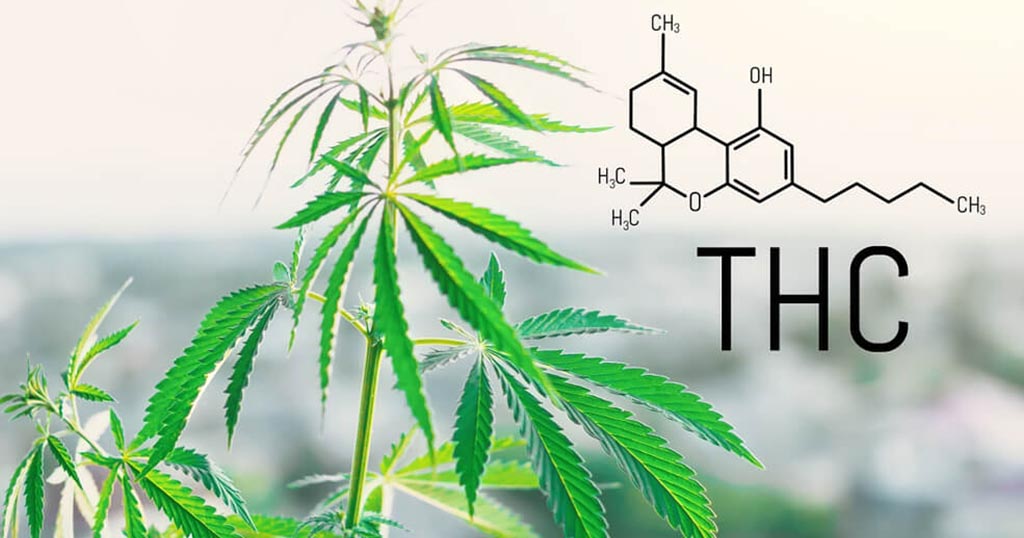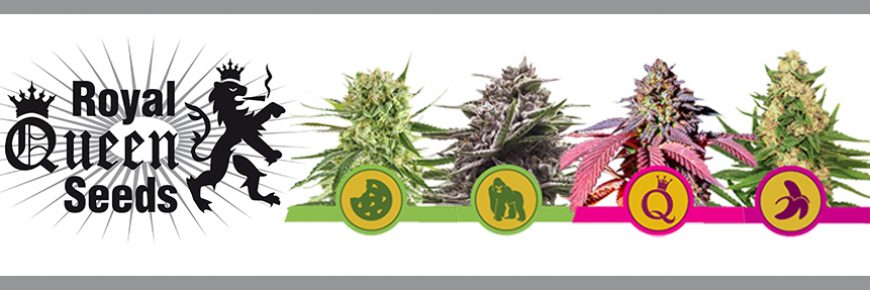
CBD (cannabidiol) is a cannabinoid present in Cannabis with high therapeutic potential due to its anticonvulsant, anti-inflammatory, anxiolytic and antitumor properties. We survey 32 diseases treated with cannabidiol for you to understand how the substance works in the body and its health benefits.
See list
Which is: Acne is a common skin disorder characterized by high sebum production and inflammation of the sebaceous glands.
How the CBD acts: It exerts complex anti-acne effects, normalizing the excessive production of sebaceous lipids induced by ‘pro-acne agents’, reducing proliferation and alleviating inflammation in human SZ95 sebocytes.
Which is: Disease that degenerates and kills brain cells, causing memory and language loss.
How the CBD acts: Studies demonstrate the ability of CBD to reduce reactive gliosis and the neuroinflammatory response, as well as to promote neurogenesis. Importantly, CBD also reverses and prevents the development of cognitive deficits in rodent models of Alzheimer’s Disease.
Which is: Eating disorder that leads a person to an obsession with their weight that can lead to serious problems and even death.
How the CBD acts: Evidence suggests that the endocannabinoid system plays a key role in rewarding events such as feeding.
Which is: Anxiety disorder is characterized by excessive fear of the future, worry, fears and the like. General term to designate various disorders, such as social phobia, for example. It has been one of the main diseases treated with cannabidiol, especially during the time of a pandemic.
How the CBD acts: Medical cannabis users report a substantial and significant reduction in negative affect symptoms soon after cannabis use.
Which is: Inflammation of one or more joints causing pain and stiffness.
How the CBD acts: Cannabidiol activates the CB1 and CB2 receptors of the endocannabinoid system, which can reduce the chronic inflammatory process of the disease.
Which is: Autism Spectrum Disorder (ASD) can affect cognitive and motor development and negatively impact social interaction, communication and patient behavior.
How the CBD acts: It improves comorbid symptoms such as self-injury, tantrums, hyperactivity, sleep problems and anxiety.
Which is: Clogging or rupture of the vessels that carry blood to the brain and cause paralysis of the affected region.
How the CBD acts: It helps to contain cell damage and offers neuroprotective effects.
Which is: A disease in which abnormal cells divide uncontrollably and destroy body tissue.
How the CBD acts: It helps to treat tumor cells in various organs such as the uterus, testicles, pancreas, brain, mouth, throat, breast, lung, prostate, skin, liver, among others.
Which is: Dependence on alcohol consumption that compromises the body’s functioning and also results in social problems.
How the CBD acts: It significantly reduces the consumption of alcohol and the reasons that lead to its use, such as anxiety, depression and so on.
Which is: Disease that causes symptoms such as deep sadness, loss of interest, lack of spirit and mood swings.
How the CBD acts: It induces antidepressant-like effects and immediately relieves symptoms of the disorder.
Which is: Inflammatory skin reaction that can lead to a rash, itching, redness, and peeling. Skin-related health issues are on the list of diseases treated with cannabidiol with great potential for success.
How the CBD acts: Acts on the skin as an antioxidant and anti-inflammatory.
Which is: A type of chronic disease that causes the body not to produce insulin.
How the CBD acts: Helps reduce fasting insulin levels, decrease insulin resistance and reduce waist circumference.
Which is: Degenerative, chronic and progressive disease of the central nervous system
How the CBD acts: It improves the quality of life and well-being of patients in terms of both motor and non-motor symptoms.
Which is: Long-lasting persistent pain caused by inflammation or nerve dysfunction.
How the CBD acts: Reduced pain and associated symptoms, increased quality of life and reduced consumption of medications such as opiates.
Which is: A disorder in which the tissue that lines the uterus grows outside the organ.
How the CBD acts: For cell proliferation, it prevents cell migration, inhibits lesion vascularization, and lesion innervation, modulates the immune response and regulates pain.
Which is: Recurrent type of severe headache that can debilitate the patient and is on the list of illnesses treated with cannabidiol.
How the CBD acts: It inhibits the excessive release of serotonin into platelets, preventing and treating the disease and its symptoms such as nausea and vomiting.
Which is: A disease that disrupts the activity of nerve cells in the brain and causes seizures.
How the CBD acts: It naturally interacts with the body’s endocannabinoid receptors and silences excess electrical activity, reducing or even zeroing attacks.
Which is: A disease in which the immune system destroys the protective covering of nerves. There are several cases that show the potential for sclerosis, making it on the list of diseases treated with cannabidiol.
How the CBD acts: It protects the brain, is neurogenic (creates new cells), is antioxidant, relieves pain, relaxes muscles, aids digestion, improves sleep and protects the eyes from common ‘blots’.
- Amyotrophic Lateral Sclerosis (ALS)
Which is: Progressive and degenerative disease of the nervous system that weakens muscles, affecting physical functions.
How the CBD acts: Treats symptoms such as spasticity, sleep disorders,
anxiety, depression and pain in ALS patients.
Which is: Disorder that affects the clarity of thoughts, feelings and behavior, leading patients to have hallucinations and delusions of persecution that can even lead to suicide. The studies are promising and make schizophrenia one of the diseases treated with cannabidiol.
How the CBD acts: It improves the negative symptoms of the disease and the side effects of neuroleptics, in addition to improving the psychiatric consequences of patients and offering antipsychotic potential.
Which is: Chronic pain that migrates to various points in the body and can incapacitate the patient and is widely seen as one of the illnesses treated with cannabidiol.
How the CBD acts: Reduction in the frequency and intensity of pain and improvement in sleep and fatigue
Which is: Eye diseases that damage the optic nerve behind the eye and gradually worsen.
How the CBD acts: Reduces eye pressure, supports optic nerve health, acting as a neuroprotector.
Which is: Virus that interferes with the body’s ability to fight infections. AIDS is also one of the diseases treated with cannabidiol.
How the CBD acts: Decreases the inflammatory process caused by HIV
Which is: Persistent problem sleeping and spending more time sleeping. Sleep-related health cases are also largely on the list of illnesses treated with cannabidiol.
How the CBD acts: It promotes relaxation, eases physical discomfort that can impair sleep, relieves stress and anxiety, and makes you sleep faster.
Which is: Disorder involving excess body fat that can negatively impact health.
How the CBD acts: Helps prevent fat cell expansion.
What it is: Disease that makes bones brittle and brittle.
How CBD works: Speeds healing from injuries, preserves bone density, and combats pain and inflammation.
- Progressive Suplanuclear Palsy
Which is: A severe, debilitating and often fatal disease that resembles other neurodegenerative diseases. A promising case study placed PSP among the diseases treated with cannabidiol.
How CBD acts: Decreases neuroinflammation, reverses certain cognitive deficits, anti-inflammatory and neuroprotective.
Which is: Type of inflammation that speeds up the cell renewal process, causing itching and scaling
How the CBD acts: Reduces inflammation and relieves pain and itching.
- Dravet and Lennox-Gastaut syndrome
What it is: Chronic, progressive and degenerative pathology that can lead to death with severe cases of refractory epilepsy.
How CBD works: Reduction or end of seizures, mood regulation, relaxation
Which is: Disorder of the nervous system that causes repetitive movements and/or unwanted sounds.
How the CBD acts: Helps relieve tics, regulate mood and sleep
- PTSD (Post Traumatic Stress Disorder)
Which is: Disorder characterized by difficulty in recovering after experiencing or witnessing a traumatic episode. This is one of the diseases treated with cannabidiol that has a beneficial therapeutic effect that helps the patient to get rid of addictive opiates.
How the CBD acts: It alleviates fear, helps reduce flashbacks and thoughts related to trauma, improves irritability and reduces anxiety.
- OCD (Obsessive Compulsive Disorder)
Which is: Obsessive thoughts that lead to compulsions.
How the CBD acts: reduces disease symptoms such as compulsion, anxiety, unwanted thoughts and impulses
In addition to this list, there are many other illnesses treated with cannabidiol.








